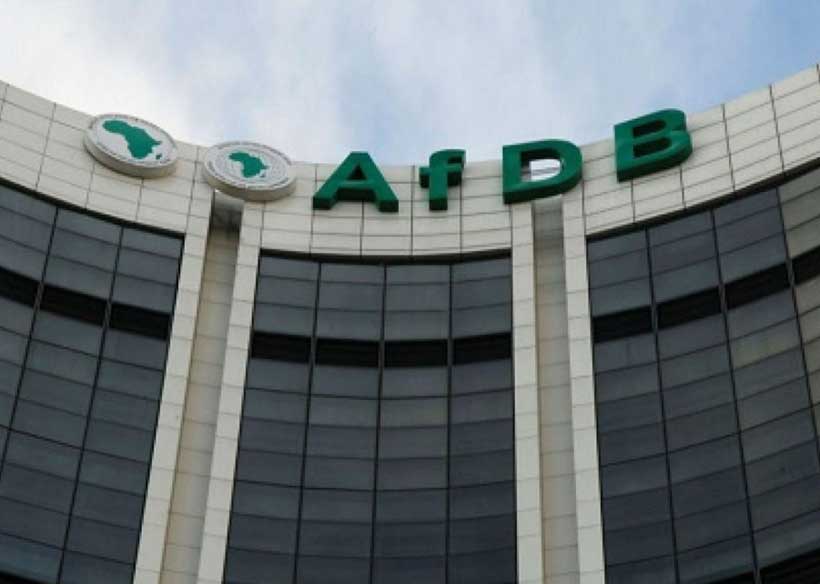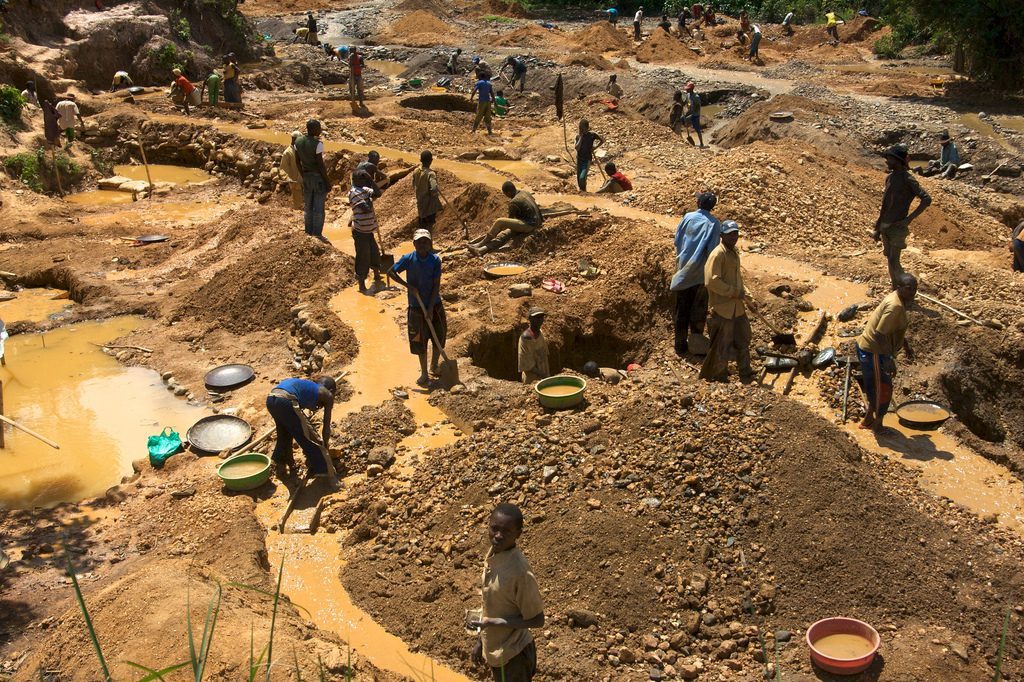Why small-scale miners outshine big corporates
THE rising number of artisanal miners in the last few years, backed by a cocktail of incentives from the Government and decentralisation of gold buying centres, have seen the small-scale mining sector become the dominant gold producer in the country, outshining the established big mining firms.
Official figures from Fidelity Printers and Refiners indicate that in 2022 alone, the country’s gold deliveries grew by 19,3 percent to 35,3 tonnes compared to 29,6 tonnes in the prior year.
Like the previous years, small to medium-scale miners continued to lead the pack in terms of production volumes after they delivered a cumulative 24,1 tonnes last year with large-scale miners training at 11,2 tonnes.
Fidelity Printers
November 2022 had the highest deliveries of 3,84 tonnes and December had the lowest at 1,98 tonnes. October had 3,79 tonnes followed by September with 3,38 tonnes, August 3,35 tonnes, July 2,96 tonnes, June 2,81 tonnes, May 2,99 tonnes, April 2,48 tonnes, March 2,56 tonnes, February 2,26 tonnes, and January 2,87 tonnes.
The Government expects that by 2030, the entire mining industry will be generating upwards of US$20 billion. In separate interviews on the sidelines of a capacity-building workshop to unpack the Mines and Minerals Bill in Bulawayo last week, mining officials said small-scale miners far outnumber established firms, hence higher production.
They added that the drastic reduction of raids and arrests of artisanal miners by authorities has also led to high production.
Chairperson of the Portfolio Committee on Mines and Mining Development, Edmund Mkaratigwa, said approximately 500 000 people are employed directly as artisanal and small-scale miners.
“We should look at the economies of scale, there is power in numbers and small-scale miners far outnumber and their output is far more than that of large-scale miners,” he said.
“The large-scale miners have the capacity to produce much more but in terms of numbers they are probably less than 40 when compared to small-scale miners who are in the region of 500 000.”
Mr Mkaratigwa, however, said the coming on board of new mining ventures and re-opening of closed mines will tilt the production scales.
“Those closed mines are large-scale mines, so they account for some production losses but as we re-open them, the large sector production figures will increase,” he said.
“We are also focusing on the expansion of existing mines. Some mines have been re-opened but some of their sections have been under care and maintenance with only a smaller portion contributing to the fiscus.”
Zimbabwe Miners Federation (ZMF) chief executive officer, Mr Wellington Takavarasha, said high gold output was indicative of more collaboration and hard work by different stakeholders.
He also said numbers also play a key role in production levels.
Mr Wellington Takavarasha
“For me, it’s a game of numbers. Some of the big miners have closed and that production void created is now being filled by small-scale miners.
“Our engagements with authorities such as the police and Environmental Management Authority (Ema) used to arrest and issue orders to close artisanal miners’ operations.
“Now that there is more awareness through the coming together of several parties, arrests of artisanal miners have drastically reduced. This has resulted in more production.
“More importantly, are the numbers of people that have joined artisanal mining. There are incentives that are given to the sector that are drawing people to the sector.”
Mr Mkaratigwa said it was important to also interrogate other operations such as the retention policy.
“One has to also look at other enablers such as the retention policy, which the large-scale miners have been complaining about in terms of the fact that their business is capital intensive and most of the time they are doing underground mining,” he said.
Environmental Management Authority (EMA)
“They are seized with a lot of exploration to determine or expand the lifespan of their mines, which is a huge cost. The operations are highly mechanised, they use a lot of equipment, therefore the large-scale miners would want to retain a lot of forex from their export proceeds, a situation that is curtained by the current retention policy as regulated by the Reserve Bank of Zimbabwe.”-chronicle.co.zw










